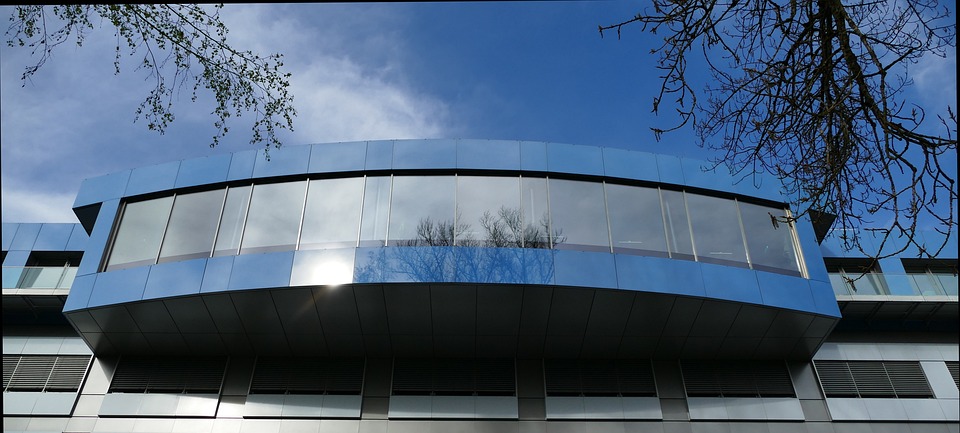Command and Control: The Key to Successful Teamwork
Teamwork is an essential aspect of any organization, as it involves individuals working together towards a common goal. However, effective teamwork doesn’t just happen by chance; it requires careful planning, coordination, and management. One key factor that plays a crucial role in successful teamwork is command and control.
The Role of Command
Command in teamwork refers to the authority and responsibility of a leader to make decisions, delegate tasks, and oversee the progress of the team. The leader must have a clear vision of the team’s goals and objectives and must be able to communicate this vision effectively to the team members. Without a strong command structure, teams can quickly become disorganized and ineffective.
Effective command in teamwork involves several key elements, including:
- Clear Roles and Responsibilities: Each team member should have a clear understanding of their role within the team and what is expected of them. This clarity helps to minimize confusion and ensure that tasks are completed efficiently.
- Communication: Effective communication is vital in teamwork, as it allows team members to share information, discuss ideas, and address any issues that may arise. The leader must establish open lines of communication within the team to ensure that everyone is on the same page.
- Decision-Making: The leader must be able to make quick and informed decisions to keep the team moving forward. It is essential for the leader to consider input from team members but ultimately be responsible for making final decisions.
The Role of Control
Control in teamwork refers to the mechanisms and processes put in place to monitor and evaluate the progress of the team towards its goals. Without effective control, teams can easily veer off course or fail to meet their objectives. The leader must establish control mechanisms to ensure that the team stays on track and adapts to changing circumstances.
Key elements of control in teamwork include:
- Performance Monitoring: The leader should regularly monitor the performance of team members to ensure that they are meeting expectations and deadlines. This involves providing feedback, coaching, and support to help team members improve their performance.
- Resource Allocation: The leader must manage resources effectively, including budget, time, and manpower, to ensure that the team has everything it needs to succeed. This involves prioritizing tasks, identifying potential bottlenecks, and making adjustments as needed.
- Risk Management: The leader must anticipate and mitigate risks that may impact the team’s ability to achieve its goals. This involves identifying potential threats, developing contingency plans, and taking proactive steps to minimize risk.
Benefits of Command and Control in Teamwork
While some may perceive command and control as overly restrictive or authoritarian, when implemented effectively, it can lead to several benefits for the team and the organization as a whole. Some of the key benefits of command and control in teamwork include:
- Improved Efficiency: Clear roles, responsibilities, and communication channels can help streamline workflows and minimize delays or misunderstandings. This can lead to faster decision-making and more effective problem-solving.
- Enhanced Coordination: A well-defined command structure can help ensure that everyone is working towards the same goals and objectives. This can prevent duplication of efforts, reduce conflicts, and improve overall collaboration within the team.
- Greater Accountability: When team members know who is in charge and what is expected of them, they are more likely to take ownership of their work and deliver results. This increased accountability can lead to higher levels of performance and a greater sense of responsibility within the team.
Challenges of Command and Control in Teamwork
While command and control can be effective in promoting teamwork, it is not without its challenges. Some of the common challenges associated with command and control in teamwork include:
- Resistance to Authority: Some team members may push back against a strong command structure, feeling that it stifles creativity or autonomy. It is essential for the leader to strike a balance between maintaining control and allowing for input and feedback from team members.
- Overemphasis on Control: In some cases, the leader may become too focused on control and micromanage team members, leading to decreased morale and productivity. It is crucial for the leader to trust their team and provide them with the autonomy to make decisions and solve problems on their own.
- Failure to Adapt: In fast-paced and dynamic environments, rigid command and control structures may not be suitable. Leaders must be willing to adapt their approach based on changing circumstances and allow for flexibility within the team.
Conclusion
In conclusion, command and control play a vital role in successful teamwork by providing structure, direction, and oversight to the team. When implemented effectively, command and control can lead to improved efficiency, enhanced coordination, and greater accountability within the team. However, leaders must be mindful of the challenges associated with command and control and strive to strike a balance between maintaining control and fostering collaboration and autonomy within the team.


